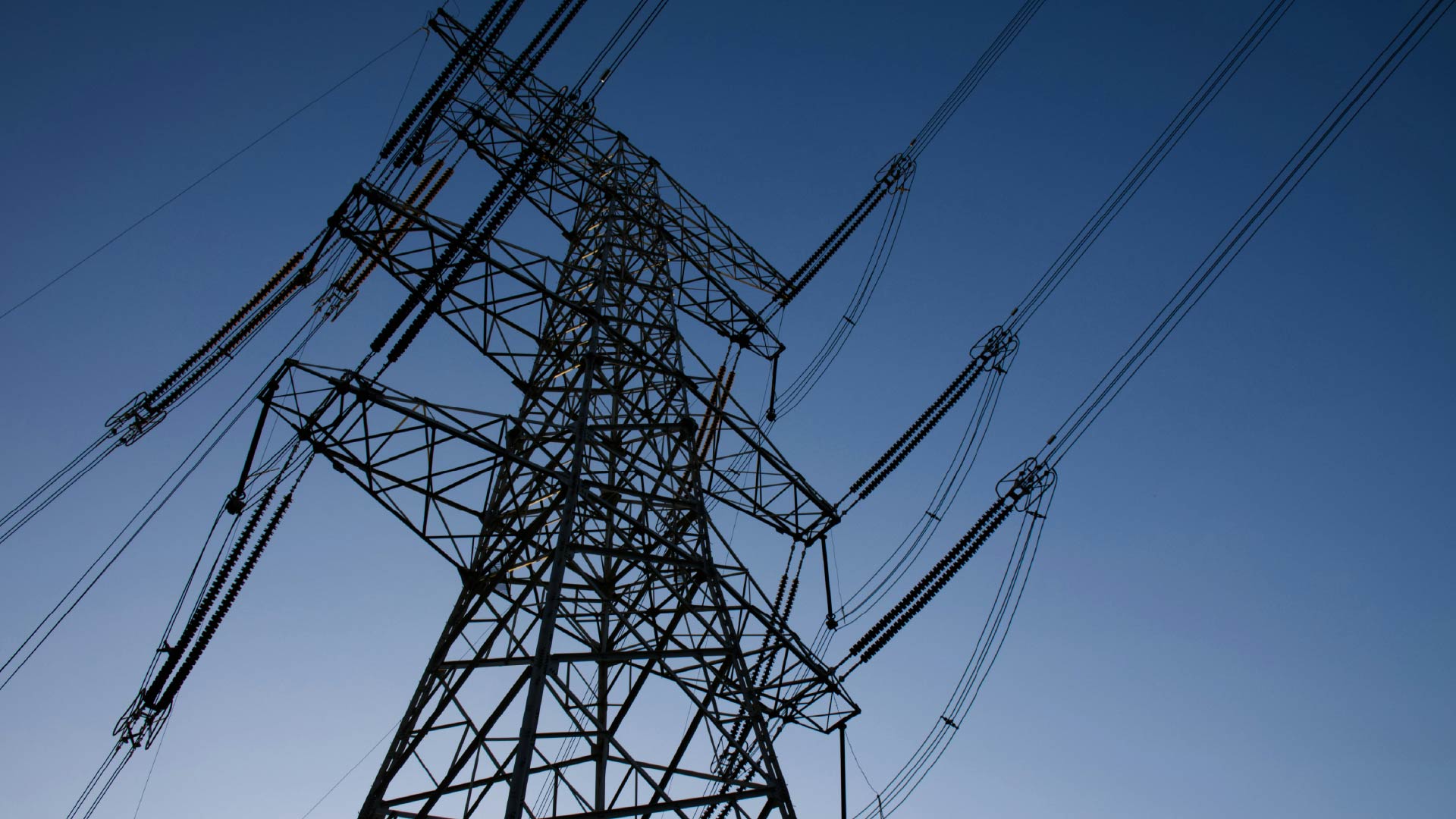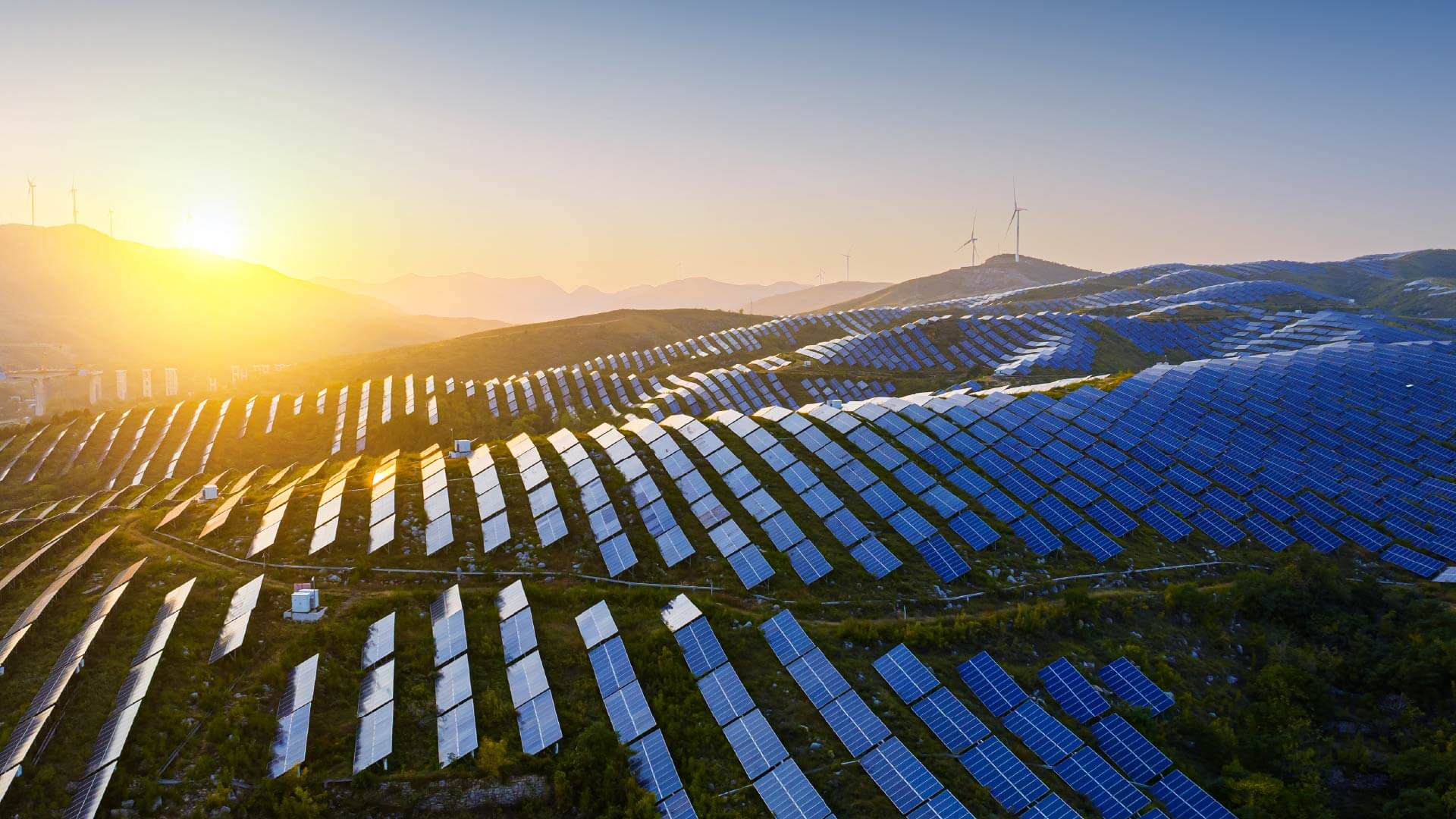How The DOE Seeks To Transform America’s Coal Mining Communities With Clean Energy

Alastair Foyn
The US coal mining industry has been in steady decline for over a decade; annual production fell by more than 50% between 2009 and 2020. This resulted in a huge loss to local economies, especially in coal-dependent counties across Appalachian, Mid-West and Mountain-West states. As well as leaving a legacy of emigration and unemployment, abandoned mines continue to leak pollutants, including methane gas and multiple leachates.
In early April, the US Department of Energy (DOE) launched the ‘Clean Energy Demonstration Program on Current and Former Mine Land’, securing $500 million to fund clean energy projects on mine land until 2026. Financing up to 50% of project costs between $10 million and $150 million, this has the potential to increase clean energy production capacity by 90GW and transform 1.5 million acres of land across 17,750 sites. This initiative will transform renewable energy generation by:
- Increasing production capacity by 70%, based on a 2015-2020 baseline production capacity
- Generating more than $1 billion of investment in currently deprived areas
- Accelerating acceptance of renewable projects in communities that currently oppose them through positive social and economic benefits
- Reducing project implementation time and cost, as brownfield mining sites are close to critical infrastructure like electrical substations, transmission lines and access roads
Additionally, project development can substantially reduce the quantity of methane emissions leaking from in-use and abandoned coal mines, which constitute the fifth largest source of methane emissions in the US and account for almost 1% of total US GHG emissions. Technologies eligible for funding comprise direct air capture, energy storage, geothermal, microgrids, nuclear, solar, and fossil-fuelled electricity generation with carbon capture, utilization, and sequestration. All applications require a community benefits plan.
This funding follows both the Bipartisan Infrastructure Law and the Inflation Reduction Act in 2022, further promoting the growth of the US green economy. It should also incentivize the coal industry to transform or transfer assets before they become stranded by policy and poor profitability. Firms can capitalize on this funding lifeline to either develop sites internally as part of their energy transition or promote the purchase and retirement of assets by third-party energy marketers, renewable project developers and related investors.About The Author

Alastair Foyn
Analyst





